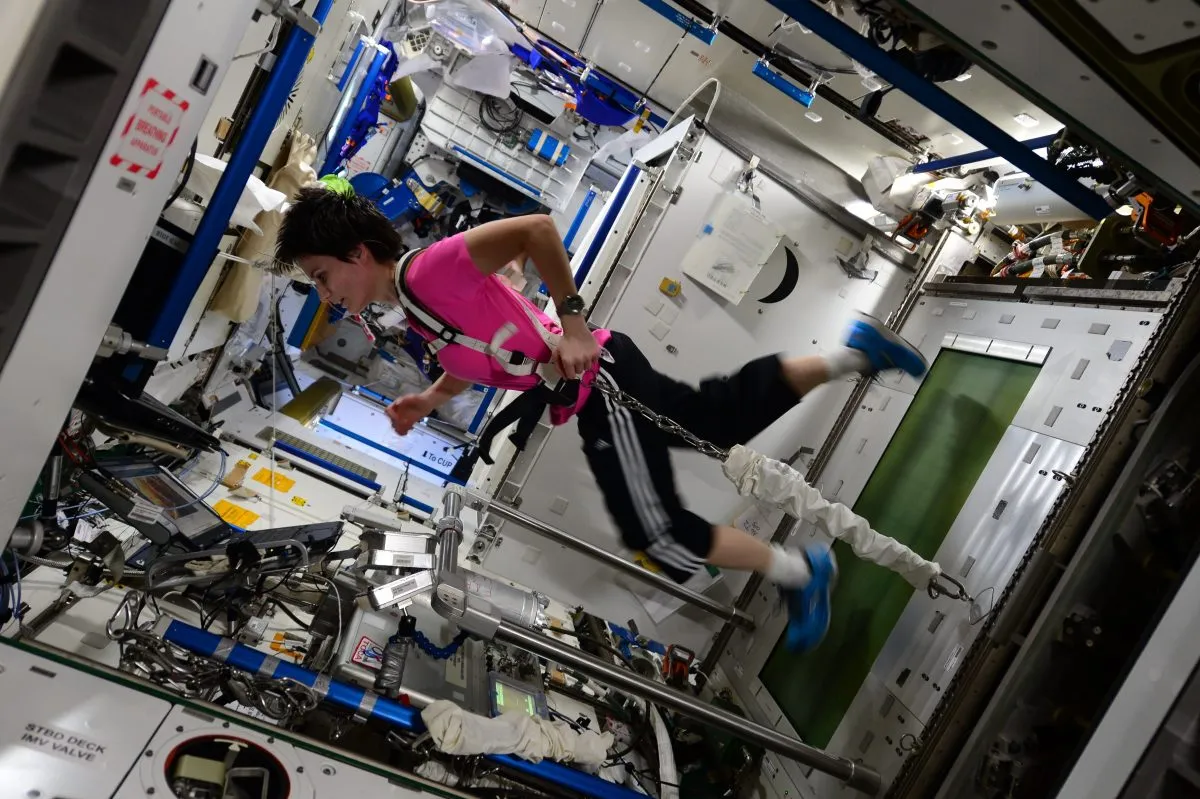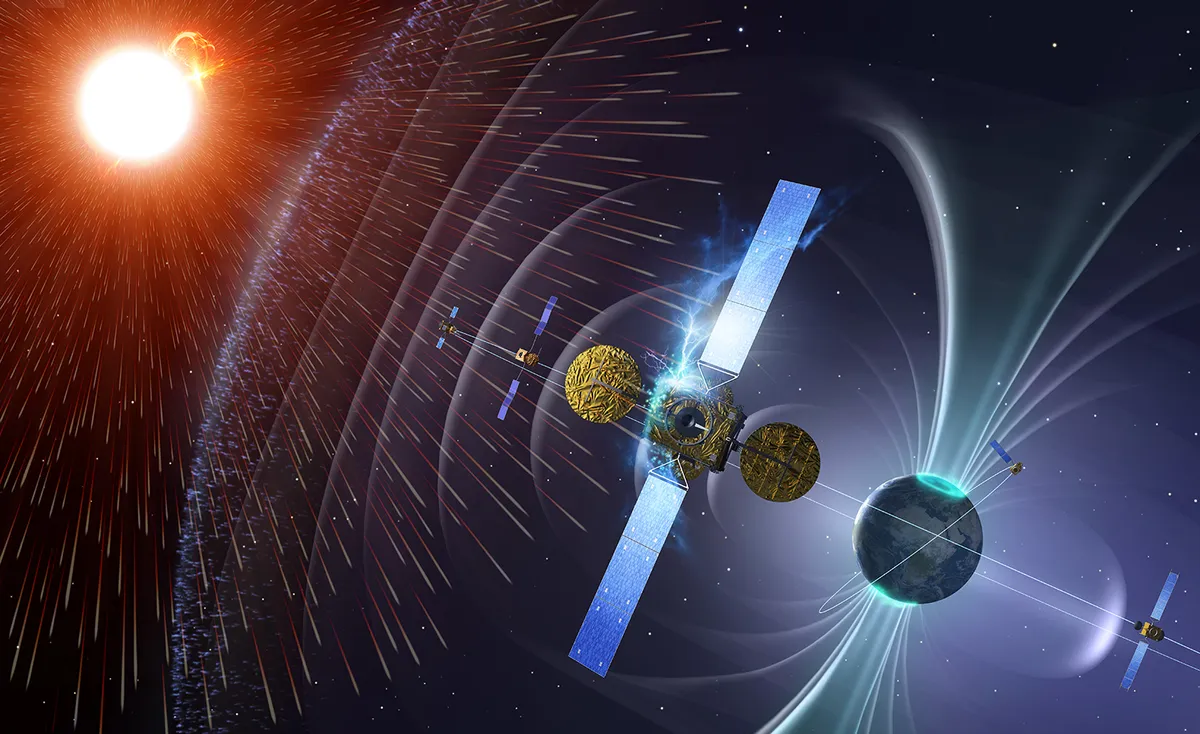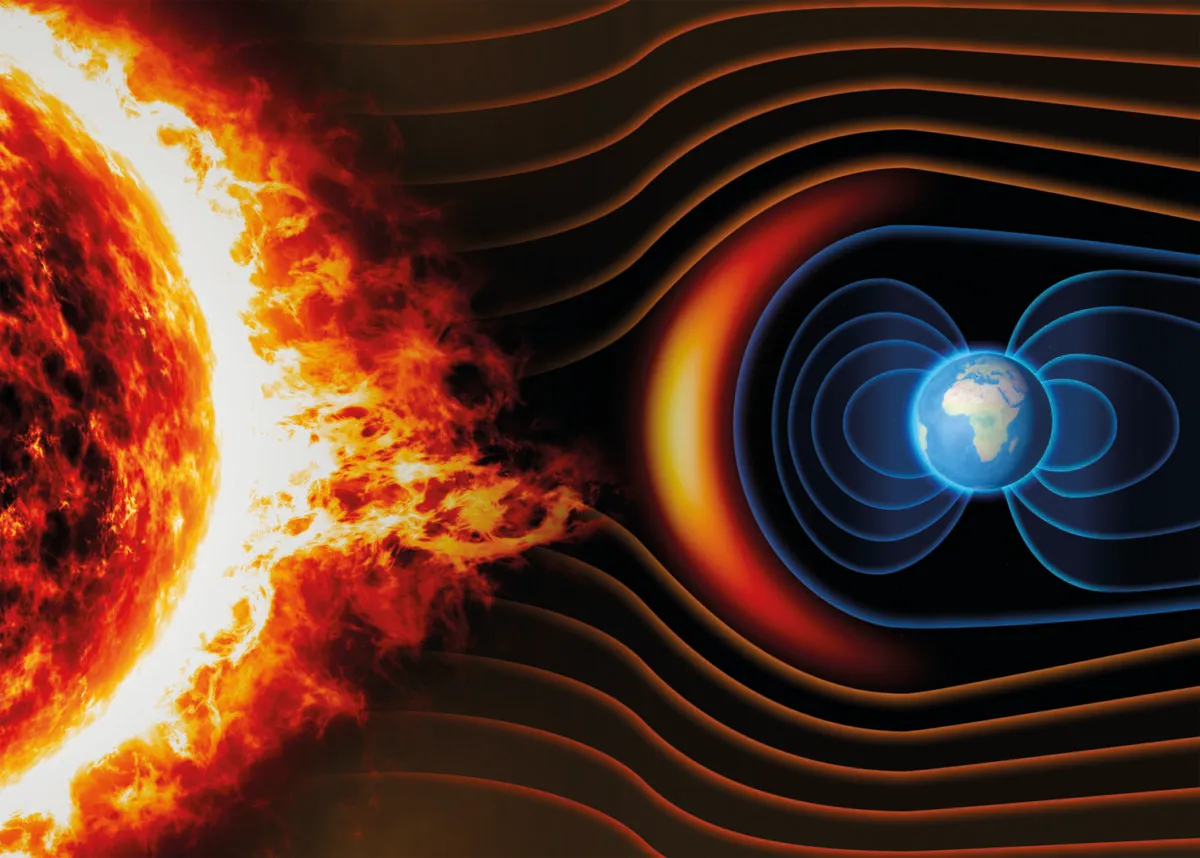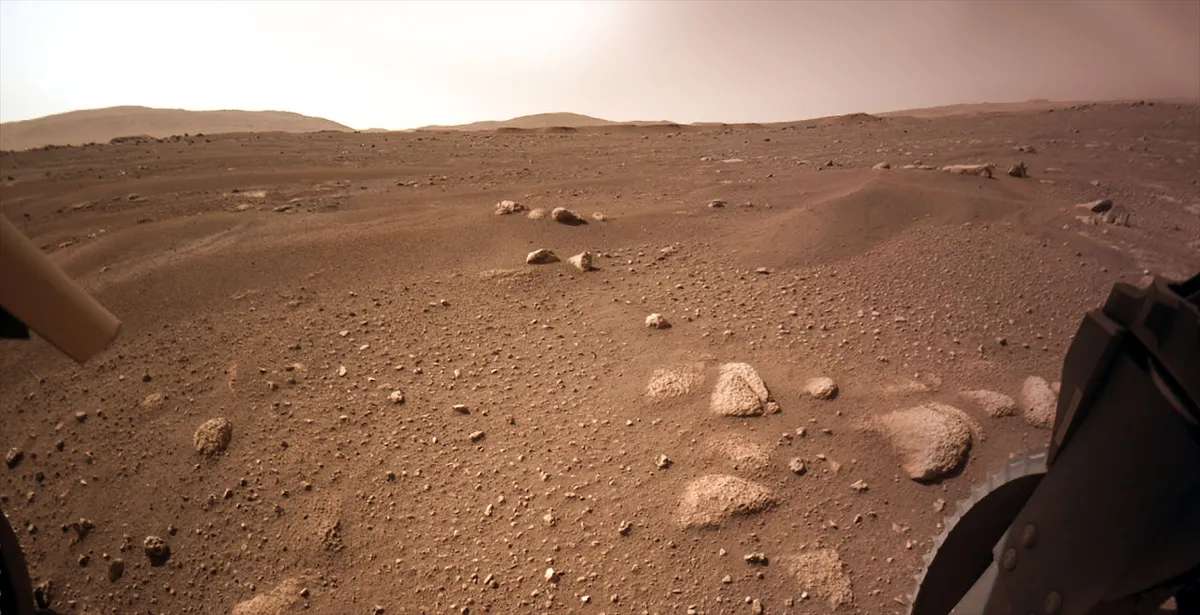Crewed missions into deep space will face a variety of different hazards.
Could humans be too heavy to land on Mars? How will humans survive the journey to Mars?
During the interplanetary transit on a mission to Mars astronauts will spend around 9 months in weightlessness.
Without the constant loading of gravity, in space the body’s muscles waste away and the heart weakens as it no longer has to pump blood ‘uphill’.
The skeleton also becomes more fragile and long-duration astronauts can face osteoporosis, and the calcium leaching out of their bones can cause kidney stones.
There’s also the ever-present risk of equipment failure – problems with life support systems could spell doom for a mission.

The dangers of cosmic rays
On top of all this is the danger presented by cosmic rays.
Outer space is filled with fast-moving subatomic particles thrown out by the Sun during a coronal mass ejection or accelerated to extremely high energies by supernovae throughout the Galaxy.
When such radiation particles strike a cell, they can cause a great deal of molecular damage, including creating mutations in the DNA and triggering cancer.

There is a lot of interest in trying to understand the risks posed by cosmic radiation for astronauts on the surface of Mars and how best to protect them from this harmful bombardment.
The Earth has a substantial magnetic field that deflects a lot of charged particles and our thick atmosphere absorbs most of the cosmic radiation before it can reach the surface.
But Mars has neither and astronauts would be dangerously exposed.
In one study, Dionysios Gakis at the University of Patras, Greece, and his colleague Dimitra Atri used computer models to study how best a crew might be protected.
How to protect Mars colonists from radiation

One method of helping astronauts avoid the radiation on Mars is active shielding.
For example, superconducting electromagnets could be used to create a powerful magnetic field to deflect the incoming charged radiation particles away, just as Earth’s field does.
The problem is that such solutions can demand a lot of power to run and the technology is a long way from being fully developed.
An easier alternative is passive shielding: simply placing a thick bulk of shielding material between the crew habitat and the sky.
Gakis and Atri consider a variety of different materials. Aluminium – the metal that spacecraft are constructed from – is actually a pretty bad radiation shield.
When hit by an energetic cosmic ray, its atoms can shatter and fly onwards to create even more radiation particles.
Martian regolith suffers from the same problem, but it is abundantly available and would reduce the amount of material needing to be launched from Earth.
A crew habitat could be buried beneath a 2–3m layer to re-absorb these secondary radiation particles.

Gakis and Atri note that hydrogen is the best shielding material, as its light atoms don’t create as much secondary radiation, and so tanks of rocket fuel or water placed over crew quarters could double up as effective radiation shields.
Or hydrogen-rich plastics like polyethylene could be used to cement regolith grains together and improve their shielding effect.
Personally, I love the mental image of Mars astronauts living in habitats buried within an artificial hill of Martian soil, like an extraterrestrial hobbit hole!
Lewis Dartnellwas reading Modelling the Effectiveness of Radiation Shielding Materials for Astronaut Protection on Mars by Dionysios Gakis and Dimitra Atri.
Read it online at: arxiv.org/abs/2205.13786
This article originally appeared in the August 2022 issue of BBC Sky at Night Magazine.
